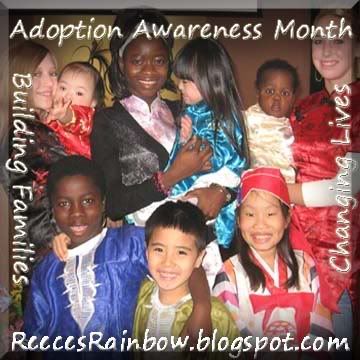 We all show our family that we love them in different ways. Another way that you can show your love for them is to show them that you care about them even after you are gone. The hard reality is that we are all going to leave this earth and we don’t know when. I have a friend whose husband unexpectedly passed when they were 27 years old and she had 3 month old twins to take care of. It doesn’t matter what stage of life you are in, you need to be prepared.
We all show our family that we love them in different ways. Another way that you can show your love for them is to show them that you care about them even after you are gone. The hard reality is that we are all going to leave this earth and we don’t know when. I have a friend whose husband unexpectedly passed when they were 27 years old and she had 3 month old twins to take care of. It doesn’t matter what stage of life you are in, you need to be prepared.
Each person makes their own decision how to prepare for the end from an emotional and spiritual aspect, but here are some practical steps to be prepared from a financial and administrative perspective.
1. Have a will.
Even if you don’t think you have a lot of assets, you need to have a will because you don’t want the State to dictate what happens to your property after you are gone. You have the opportunity now to take that responsibility. It will save your family a lot of time and grief knowing your wishes, because getting an estate in order after someone has passed can take a lot of time. You may be surprised by how many possessions you own after completing a will.
It is good to discuss whom will care for your children if something should happen to both parents. It is certainly a hard decision and there are many factors to consider. I know one couple who does not tell anyone who the “godparents” are, because it isn’t a family member and they don’t want to hurt anyone’s feelings. This is one decision I DO NOT want left up to the State’s probate laws.
Myth: I have to go through a lawyer to get a will.
Fact: Right now you can download a state specific will from USLegalForms.com for $20. Then all you have to do is fill it out and have it notarized.
2. Have Term Life Insurance.
If someone depends on your income then it is best to take out a policy for 8 – 10 times your income. Then once the life insurance money has been issued, your family can invest the money in a good growth stock mutual fund and if it earns at least a 10% return, you can live off of the interest. Then the lost income is replaced. Since I am a Stay at Home Mom, this gives me an enormous amount of peace knowing that I will be okay for money if something should happen to my husband.
For Stay at Home Moms a policy should be for about $250,000 to $400,000, because a mom’s work is valued at about $40,000 a year. (Although, it feels like it should be more!) The idea is that if something happens to the mother, then the father can afford a Nanny or Child Care while he continues to working.
Don’t assume you have life insurance through your work. Find out the details of any life insurance plan you or your spouse has through work.
Term Life Insurance is not that expensive. You can go to ZanderIns.com for a quote. Depending on your age and how much coverage you want it can be $30 to $55 a month.
Myth: Whole Life Insurance is a great idea, because I can invest my money at the same time.
Fact: The truth is that the return on investments in a whole life policy are horrible and it is better to put that money in a mutual fund. Also, there is not a guarantee that your beneficiaries will receive the savings upon your death. For more information about Whole Life Insurance go here.
3. Make plans for your estate.
Making a will and planning for your estate go hand in hand. Estate planning will allow you to decide who will get your house, cars, or anything else you want. Also, if you give your house as an inheritance to your kids, then you can avoid a high rate of gift tax. On daveramsey.com “The federal government allows someone to die and leave in their estate $2 million without any estate taxes. An individual can only give another individual $12,000 before getting gift-taxed out the ear unless they claim it as part of their estate before they die.” You can read more about this here under the question “Is Inheritance The Way To Go?”
The estate planning process is also where you will set up any trusts that you want to leave for your kids. You can even make stipulations on whatever specific areas you want. You can specify the age that they get it and how much or that it be used to pay for college.
Myth: Estate planning is only for rich people.
Fact: The truth is that you may be surprised by how much you have. You need to make plans for the term life insurance money or if you own a home.
(more…)



 We all show our family that we love them in different ways. Another way that you can show your love for them is to show them that you care about them even after you are gone. The hard reality is that we are all going to leave this earth and we don’t know when. I have a friend whose husband unexpectedly passed when they were 27 years old and she had 3 month old twins to take care of. It doesn’t matter what stage of life you are in, you need to be prepared.
We all show our family that we love them in different ways. Another way that you can show your love for them is to show them that you care about them even after you are gone. The hard reality is that we are all going to leave this earth and we don’t know when. I have a friend whose husband unexpectedly passed when they were 27 years old and she had 3 month old twins to take care of. It doesn’t matter what stage of life you are in, you need to be prepared.







